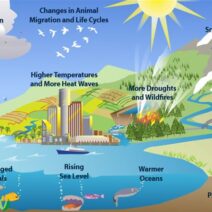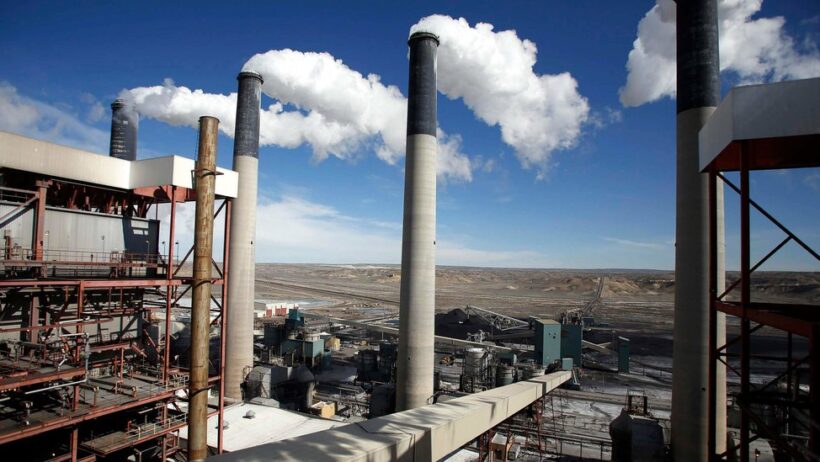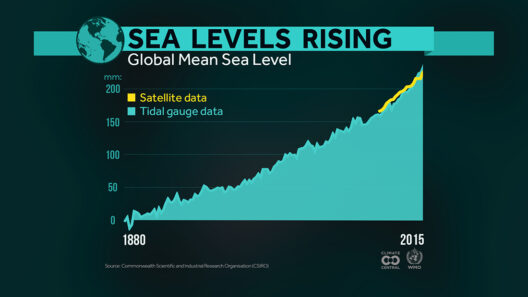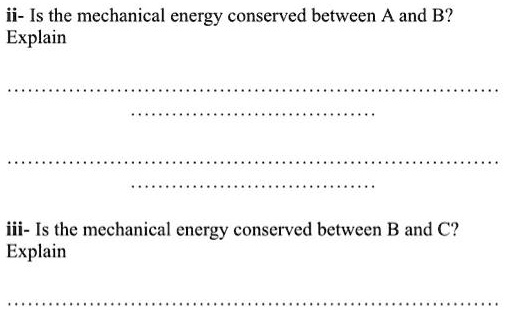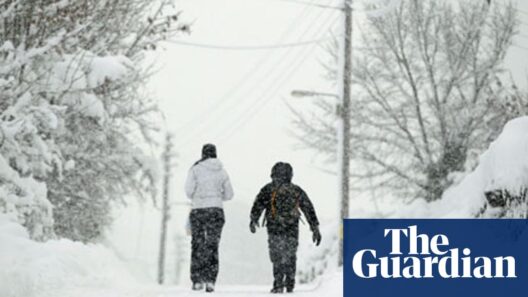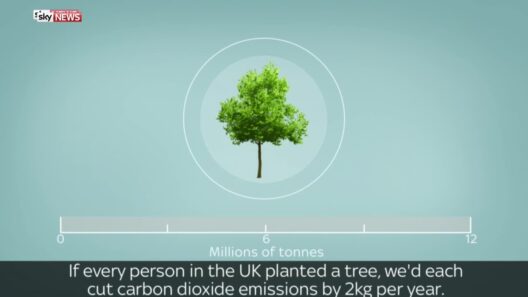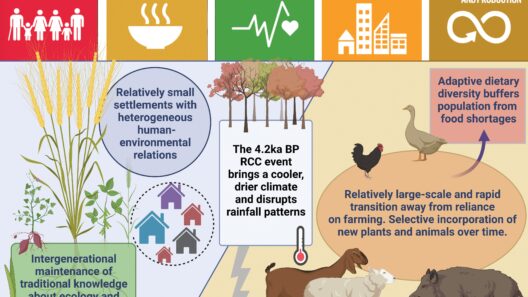Global warming is an omnipresent peril that threatens the very fabric of our ecosystems and societies. As the planet’s temperature continues to rise, understanding the multifaceted contributors to this crisis is paramount. The following exploration delves into the various ways human activity fuels global warming and, importantly, outlines actionable solutions that individuals, communities, and governments can adopt to counteract these detrimental impacts.
1. The Greenhouse Effect: A Brief Overview
The greenhouse effect is natural; however, anthropogenic activities have exacerbated this phenomenon. Greenhouse gases (GHGs) such as carbon dioxide (CO2), methane (CH4), and nitrous oxide (N2O) trap heat in the Earth’s atmosphere, leading to rising temperatures. The burning of fossil fuels, deforestation, and industrial processes significantly amplify the concentration of these gases. Understanding this fundamental concept is crucial, as it underscores the urgent need for intervention.
2. Fossil Fuels: The Primary Culprit
The combustion of fossil fuels for energy is the main source of CO2 emissions globally. Power plants, automobiles, and industrial facilities predominantly rely on coal, oil, and natural gas. This reliance is staggering; according to various energy reports, fossil fuels account for nearly 80% of global energy consumption. Transitioning to renewable energy sources such as solar, wind, and hydropower is imperative. By investing in renewable technologies, we can gradually reduce our dependency on fossil fuels and thus diminish GHG emissions.
3. Deforestation: The Unsung Villain
Forests act as carbon sinks, absorbing CO2 from the atmosphere. Yet, rampant deforestation, primarily for agriculture and urban development, releases stored carbon. An estimated 18 million acres of forests are lost every year, a travesty for biodiversity and climate stability. Reforestation and afforestation initiatives play a critical role in sequestering carbon back into the environment. Additionally, supporting sustainable agricultural practices can mitigate the need for deforestation, promoting a more harmonious interaction with nature.
4. Agriculture: A Double-Edged Sword
Agricultural practices contribute significantly to global warming, primarily through methane emissions from livestock and rice paddies, alongside nitrous oxide released from fertilizers. The industrial scale of modern agriculture is particularly problematic. Sustainable farming techniques, such as crop rotation, agroforestry, and organic farming, not only reduce emissions but also promote soil health. Adopting a plant-based diet can further decrease individual carbon footprints, as animal agriculture is resource-intensive and inefficient. By becoming mindful consumers and supporting local, sustainable farms, individuals can drive change from the ground up.
5. Waste Management: Ignored Emissions
Landfills are a significant source of methane emissions, as organic waste decomposes anaerobically. Improved waste management strategies, including composting and recycling, can dramatically reduce the volume of waste sent to landfills. Emphasizing a circular economy—where resources are reused, renovated, and recycled—would not only minimize emissions but also reduce the consumption of raw materials. Community initiatives focusing on waste reduction and awareness can empower citizens to take collective action for a sustainable future.
6. Transportation: The Hidden Footprint
The transportation sector is another major contributor to global greenhouse gas emissions. Cars, trucks, ships, and airplanes primarily run on fossil fuels, leading to increased CO2 levels. Yet, there is a burgeoning shift towards electric and hybrid vehicles that promise to lessen this impact. Investing in public transportation infrastructure, including trains, buses, and bicycle lanes, can also alleviate traffic congestion and reduce emissions. Urban design must prioritize walkable communities, promoting a lifestyle that encourages reduced vehicle use.
7. Individual Actions: Collective Power
While systemic changes are vital, individual actions significantly contribute to combatting climate change. Reducing energy consumption—such as turning off lights, using energy-efficient appliances, and insulative home improvements—can collectively lead to substantial reductions in emissions. Supporting local businesses and products reduces the carbon footprint associated with transportation and packaging. Advocating for policies that promote environmental stewardship ensures that climate-conscious initiatives gain traction at the community and governmental levels.
8. The Role of Policy: Framework for Change
Policy plays a crucial role in addressing global warming. Government entities must enact regulations that limit GHG emissions, set ambitious renewable energy targets, and uphold environmental protections. International agreements, such as the Paris Agreement, highlight the necessity for cohesive global efforts. Advocacy for climate-friendly legislation is essential; citizens must engage with elected officials to prioritize environmental issues. By amplifying their voices, communities can influence policy and secure long-term change.
9. The Imperative of Education and Awareness
Education regarding climate change is pivotal. Schools, organizations, and communities must foster discussions on environmental science and sustainability. Awareness campaigns can catalyze action, inspiring individuals to learn and make informed decisions. Tacit understanding leads to advocacy; when the public grasps the magnitude of climate change, they are more likely to support initiatives that combat it.
Conclusion: A Call to Action
Global warming is not an insurmountable challenge; rather, it is an opportunity for innovation, collaboration, and resilience. By understanding how our actions fuel this crisis and what we can do to mitigate it, we can forge a sustainable pathway forward. The urgency of this moment is clear: collective action holds the potential to protect the planet for future generations. Let us unite our efforts, for only together can we transform our shared future.

